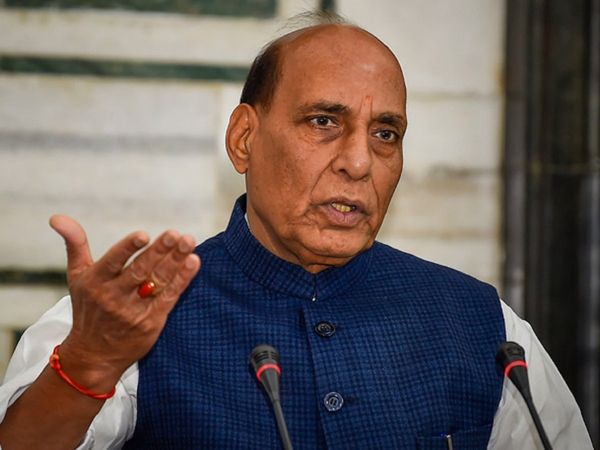
SOURCE: TIMES NOW
In a material move to boost indigenous defence manufacturing and production, the Indian Defence Ministry announced, on Sunday, that it will be placing an import embargo on 101 military items, as part of the central government’s ‘Atmanirbhar’ drive. The ban will be gradually implemented between this year and 2024. The list of items is wide-ranging and includes various types of ammunitition, radars, sonars, artillery guns, corvettes, assault rifles, helicopters and transport aircraft.
Following Prime Minister Narendra Modi’s launch of India’s Atmanirbhar Bharat campaign, Defence Minister Rajnath Singh, speaking on the occasion of National Technology Day in May and addressing scientists from the Defence Research and Development Organisation (DRDO), said “we always have to keep in mind that there is no alternative to indigenous technology and indigenous manufacture. We will be truly self-reliant only when India succeeds in becoming a net exporter instead of a net importer of technology.”
‘Make in India’ defence projects have floundered
While the conviction in the defence minister’s words is, indeed, commendable, the ground reality tells a different story. The Narendra Modi-led government came to power on the back of a powerful ‘Make in India’ campaign in 2014, however, as of December 2019, the numerous defence related projects under the scheme had been languishing at various stages.
Projects that included the manufacture of stealth submarines, light utility helicopters, infantry combat vehicles, fighter jets, and transport aircraft, worth approximately 3.5 lakh crore were yet to enter the production stage, six years on.
Several analysts have drawn attention to the numerous bureaucratic bottlenecks and commercial and technical hurdles that have stymied the launch of these projects. As such, there exist a number of questions whether India is, indeed, primed to carry out an overhaul of its defence procurement strategy, in the manner being touted under the Atmabirbhar banner.
Concerns over quality
Apart from the bureaucratic obstacles, there are also questions surrounding the quality of defence equipment and gear. In May 2019, for instance, the Indian Army had sounded the alarm over the defective quality of ammunition supplied by the state-owned Odnance Factory Board that caused a worrying number of field accidents.
In 2018, Defense Ministry officials also pulled up the Ordnance Factory Board over the substandard quality of boots and uniforms supplied to Indian Army soldiers. The Indian Air Force has also, in recent years, raised concerns over significant delays encountered by the Hindustan Aeronautics Limited (HAL) in the delivery of indigenous aircraft.
Defence experts have stated that, for such a push to actually materialise, there needs to be increased private sector investment into defence manufacturing, supported by the central government. Many have noted that this should not amount to a stubborn focus to engineer and manufacture all components of equipment, especially with regard to technology that India does not have any experience with.
Instead, a practical policy would be to slowly wane India’s reliance on defence imports over a protracted period of time, with research into novel defence equipment conducted as an ancillary venture to India’s primary defence procurement policy.
According to data from the Stockholm International Peace Research Institute (SIPRI) released in March, India accounted for 9.2 per cent of all global arms imports between 2015 and 2019, placing it second only to Saudi Arabia. While it is true that in recent years, India has managed to boost its arms exports significantly, a dedicated procurement policy premised on addressing the nation’s critical gaps over a realistic timeframe is the need of the hour.






